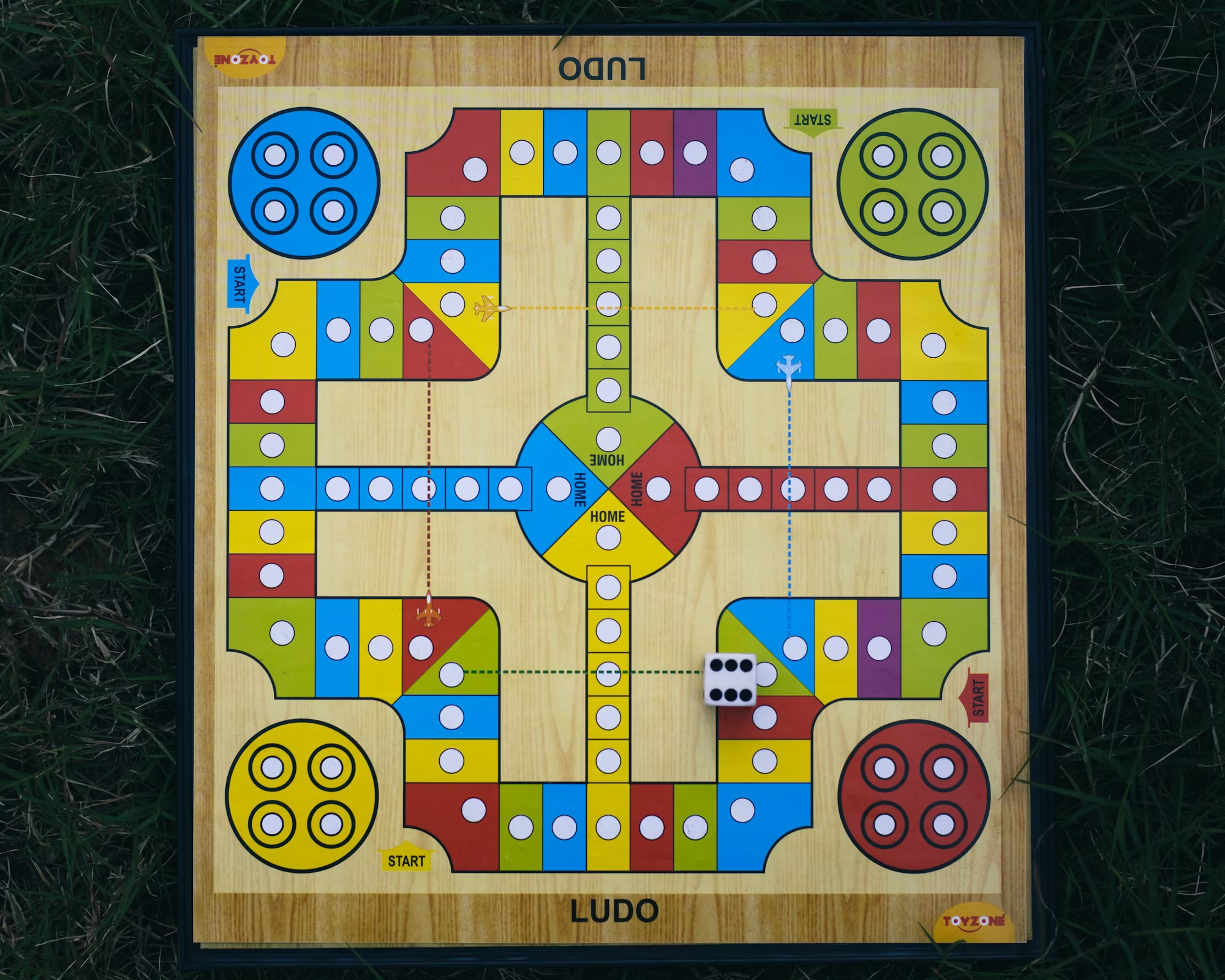Game design is a multifaceted discipline that combines creativity, technical skill, and an understanding of player psychology. As the gaming industry evolves, the role of the game designer becomes increasingly important in shaping the experiences that players encounter. This article delves into the core principles of game design, emphasizing the delicate balance between creativity and mechanics that defines a successful game.
Understanding Game Design
At its core, game design is the process of creating the rules, mechanics, and structures that define a game. It involves not just the visual and narrative elements, but also how players interact with the game world. Designers must consider various factors, such as gameplay mechanics, story development, user interface, and level design, to create a cohesive experience.
The first step in the game design process is often brainstorming ideas. This phase is characterized by unrestrained creativity, where designers can explore unique concepts, themes, and gameplay styles. While innovation is crucial, it must eventually be tempered with practical considerations. A great idea alone does not guarantee a successful game; it must be feasible within the constraints of technology, budget, and time.
The Role of Mechanics
Mechanics are the backbone of any game, providing the rules and systems that govern player interactions. They define how players achieve objectives and interact with the game world. Mechanics can range from simple actions, such as jumping or shooting, to complex systems involving resource management and character progression.
Designers must carefully craft these mechanics to ensure they are engaging and intuitive. A game that is too complicated may alienate players, while one that is too simple might fail to capture their interest. The challenge lies in creating a balanced system where mechanics complement the game’s narrative and aesthetic, enhancing the overall experience.
For instance, in a platformer game, the jumping mechanic should feel fluid and responsive, allowing players to navigate obstacles with ease. In contrast, a role-playing game (RPG) may incorporate turn-based combat mechanics that require strategic thinking. The effectiveness of these mechanics can significantly impact player enjoyment, making them a critical focus for designers.
Creativity in Game Design
While mechanics are essential, creativity is what elevates a game from good to great. Innovative concepts can captivate players and provide memorable experiences. Creative game design often involves unique narratives, distinctive art styles, and unexpected gameplay elements that surprise and engage players.
Successful game designers often draw inspiration from various sources, including literature, film, art, and real-life experiences. By combining diverse influences, designers can develop fresh ideas that resonate with players. For example, the popular game “Journey” features minimalistic storytelling combined with stunning visuals, creating an emotional experience that lingers long after gameplay ends.
Moreover, creativity in game design is not limited to aesthetics or story. It can manifest in the mechanics themselves. Games like “Portal” introduce innovative puzzle-solving mechanics that challenge players’ perceptions and thinking. By pushing the boundaries of traditional gameplay, these designs foster a sense of discovery and accomplishment.
The Importance of Playtesting
As designers refine their ideas, playtesting becomes a vital component of the game development process. This phase involves gathering feedback from players to evaluate how well the mechanics and creative elements work together. Playtesting allows designers to identify areas that may need improvement, ensuring that the final product meets players’ expectations.
During playtesting, designers observe how players interact with the game, noting any confusion or frustration. This feedback is invaluable for making adjustments to mechanics, pacing, and difficulty levels. A game that feels too challenging or unclear can deter players, while one that is too easy may lead to boredom. Striking the right balance requires iterative testing and adaptation based on player input.
Collaborating with Other Disciplines
Game design does not exist in a vacuum; it requires collaboration with various disciplines, including art, programming, and sound design. Each of these elements plays a crucial role in creating a polished final product. Designers must communicate effectively with their teams, ensuring that their vision is accurately translated into the game.
For instance, the art team must understand the gameplay mechanics to create visuals that enhance the player experience. If a game’s mechanics involve stealth, the environments should offer ample opportunities for cover and strategic movement. Similarly, sound designers contribute to the atmosphere, using audio cues to heighten tension or enhance player immersion.
This collaborative approach fosters a sense of unity within the development team, allowing for a cohesive final product that resonates with players. The combined efforts of diverse talents can lead to innovative solutions and unexpected synergies, enriching the game design process.
The Future of Game Design
As technology continues to advance, the landscape of game design will evolve. Emerging technologies like virtual reality (VR) and augmented reality (AR) present exciting opportunities for designers to create immersive experiences that blur the lines between the virtual and real worlds. These technologies allow players to engage with games in entirely new ways, demanding innovative design approaches.
Additionally, the rise of artificial intelligence (AI) in gaming is poised to change how mechanics function. AI can create dynamic environments and adaptive challenges, ensuring that gameplay remains fresh and engaging. Designers will need to consider how to integrate AI effectively, maintaining the delicate balance between challenge and enjoyment.
Conclusion
The art of game design lies in the harmonious integration of creativity and mechanics. As designers navigate the complexities of developing engaging experiences, they must strike a balance that captivates players while maintaining feasibility. By embracing innovation, collaborating across disciplines, and prioritizing player feedback, designers can craft memorable games that leave a lasting impact. The future of game design holds endless possibilities, and those who dare to push the boundaries will continue to shape the gaming industry for years to come.



